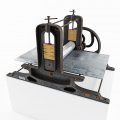My most recent ArtWeb blog posts on the subject of printmaking have touched on such matters as how to set up your own printmaking studio and what you need to think about when selecting and preparing printmaking paper.
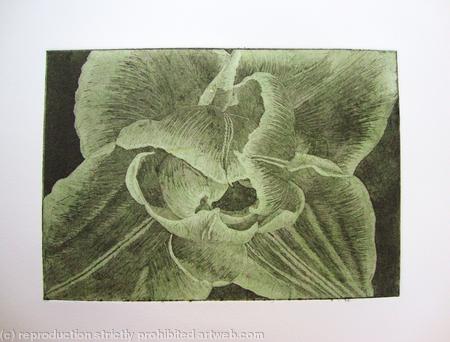
But when you are looking to discover the wonders of etching – whether you are using such a metal as copper, zinc or steel – what are the basic steps to prepare the plate?
The good news and the bad news…
Having to prepare an etching plate before you can even begin to develop it may sound like a hassle, but it really just comes down to the key stages of bevelling the edges, polishing and degreasing.
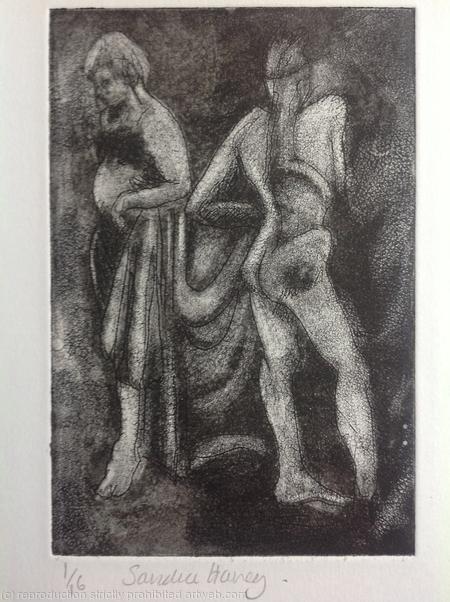
Furthermore, it’s important to appreciate the necessity of etching-plate preparation, if you are to control the process rather than it seemingly being a case of ‘pot luck’ whether you get the results you desire.
As I touched on above, there are various metals frequently used for etching, but plates also differ in their degree of finish and polish. While it’s common for metals made with printmaking in mind to already sport a polished smooth surface, if the given metal was made for industrial use, it may have imperfections that you will need to make decisions about.
Your readiness to accept such imperfections will likely influence just how much you do to prepare the plate. However, one thing for sure is that all plates need to undergo at least some form of preparation if they are to be safely printed on the etching press.
Filing the plate
The first step of preparing your plate will be to file its edges smooth. This is necessary to protect not just your hands, but also the paper and press blankets that sharp edges could so easily cut into when the time comes to run the plate through the press.
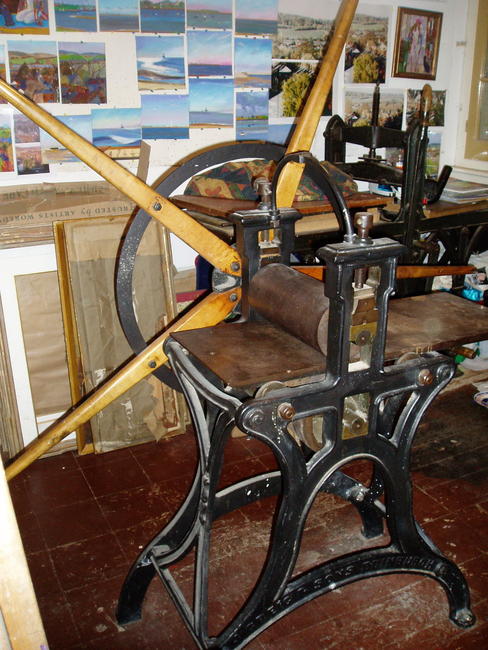
The edges of your plate should be prepared with a bevel of about 35 to 45 degrees, as you can do by hand with a scraper and a coarse file – although some artists prefer to call upon the power assistance provided by a hand drill with a grinder attachment.
Polishing the plate
Whether or not you polish your etching plate will probably depend on a range of factors, including the plate’s initial condition and whether you are concerned about stray marks showing up on the final print. For every artist who likes to embrace such marks, there are others whose aesthetic calls for a much more polished surface.
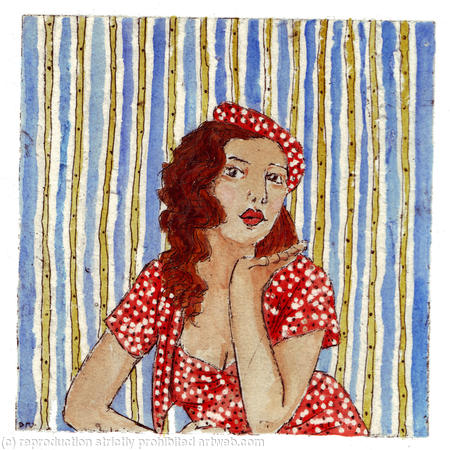
Additional or selective polishing can be part of the creative process at various stages of developing the image; you can do it after line etching, for instance, without modifying the line, although this also risks removing any delicate work.
Please note that if you polish over aquatint or soft ground, this will have the effect of lightening the etched work. Furthermore, polishing your plate at a later stage – rather than at the beginning – will cause any corrections to stand out on the final print, given that they will be lighter than the background tone.
If, then, you wish your finished print to have a white or very light tone, the sound advice is to polish the plate right at the start of the process.
Degreasing the plate
While polishing the plate is very much optional depending on your creative preferences, the same cannot be said of degreasing. Grease simply has to be removed from the plate so that the ground you subsequently apply to it properly adheres to the surface. If you do not degrease, the acid may end up etching the plate in areas where you do not wish it to do so.
There are many potential ways of degreasing an etching plate; using a combination of whiting (fine chalk) and ammonia is the traditional one. However, this has been discouraged in recent years due to ammonia’s toxicity.
You may therefore instead use an eco-friendly alternative such as an alkaline degreasing powder. Another option is to use scouring powder without bleach, as its mild abrasives will be effective in polishing small blemishes.
The degreasing process itself entails sprinkling the degreasing powder onto the plate, spraying water into the powder and then using a square felt pad to work this into a paste. You’ll then be able to thoroughly rinse the plate until the water sheets off the plate, followed by the use of a clean (oil-free) cloth to wipe off any powder residue.
Once this is done, be sure to handle the plate carefully by the edges. You will now be able to apply a ground to the plate.
What are some of the issues you have encountered while preparing your own etching plates, or that you would like to know more about? Feel free to share your thoughts below, and keep an eye out for further blog posts exploring key aspects of an effective printmaking practice.


